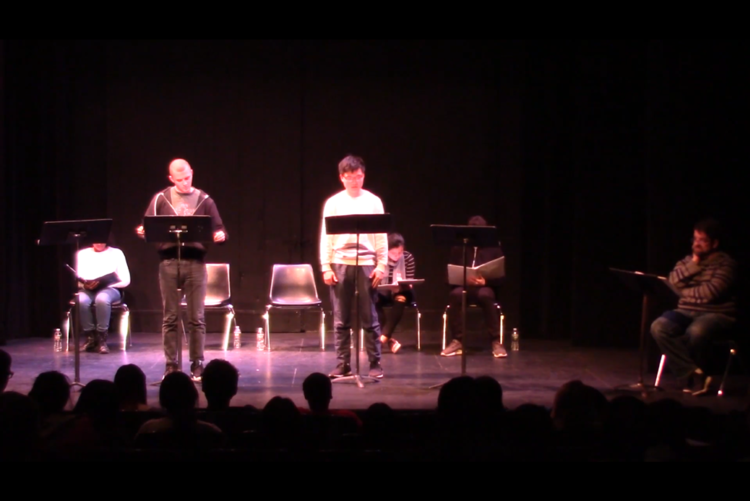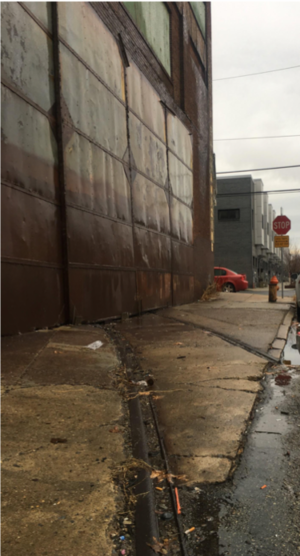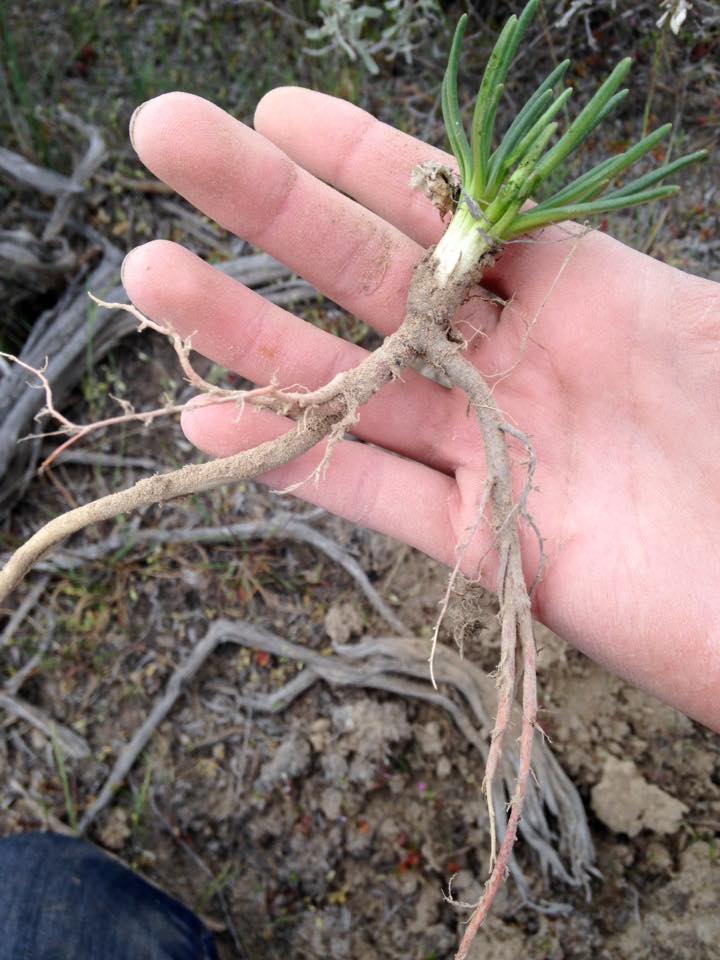Public Engagements, Part 2
April 10, 2018
What does is mean to do public research in the environmental humanities? This and other questions lie at the heart of this series of essays, "Public Engagements." Contributors, PPEH Fellows and students, reflect on: Who is the "public" in my public research? How will they be engaged? Does my project need a public audience? A participant audience? Participant observers? Am I looking for research subjects? Co-creators? How will I document my social practice research?
AFTER THE RAIN
Seung-Hyun Chung, Undergraduate PPEH Fellow, English

Playwright Chantal Bilodeau says she’s breaking up with Aristotle. It’s a difficult claim to untangle. Aristotle underlies the foundation of our place and moment, from conceptions of freedom to the way we tell stories. And that’s the problem. His western dramatic structure, Bilodeau argues, depends on a conquest narrative in which man must subjugate nature, a continuous nature/culture divide that justifies histories of material appropriation, colonialism, racism, and patriarchy. While this notion is experimental, it begs a necessary political question. How can we imagine new ways to tell stories that inspire urgency and radically re-orient our consciousness toward climate crisis and the Anthropocene?
This question was on my mind when I wrote After the Rain, a play exploring mental health as an index of planetary health that grew out of Dr. Wiggin’s Environmental Humanities course. In the story, the protagonist experiences a special kind of rain - from macarons to dollar coins falling from the sky - that occurs every time she has a panic attack. Form and content felt inseparable while writing. I felt that this play could not be about climate change; it itself had to be climate change. What narrative strategies could I employ to connect two seemingly different concepts together -- namely that of planet and bodily disposability?
My current project, in conjunction to DataRefuge, is an art-based inquiry to explore such narrative strategies that can translate climate change and federal environmental data to new dramatic forms. I will continue to revise After the Rain and tinker where data could come into the picture of this absurdist story. On another hand, I hope to devise performative experiments that can render data participatory and visible to the audience in a way that is felt and lived. Both methods are experimental, but one thing’s for sure: when our old tools of storytelling are not working, what can we do but experiment?
RIVERWARDS
Emily Romick, Masters Student, Liberal Arts

In the post-industrial neighborhoods known as the Riverwards in Philadelphia, residents have cohabitated with with heavy industry and its aftermath for the past two centuries. Fourteen lead smelters and other large industrial plants were once active in this densely populated area along the Delaware River. Now boarded up or razed, these spaces (both structures that housed industry and remaining land) have been contentious for community members. Many are concerned with the remaining toxicity of these spaces and what threats might be present for their health due to lead and other metals. Furthermore, these spaces are often in transition. Newly desirable property has led to rapid condominium construction kicking up lead dust, while empty fields and abandoned buildings still hold questions of contamination and safety.
Public engagement can be formed around exploring these issues of place and toxicity. Collaborating with community members who have knowledge of neighborhood histories, challenges and dynamics (and, as a resident of the Olde Richmond section, I am also a community member), I aim to generate an accessible walking tour of industrial sites to map the neighborhood’s memory and potential futures. We can collectively create a space to share information on local environmental issues and activities. Our local work offers tools for communities to highlight and delineate problems of post-industrial toxicity to a broader public of city officials and stakeholders beyond these neighborhoods. My goal is to emphasize community knowledge as a way to bridge gaps in and augment scientific or environmental data, demonstrating the multiple ways environmental damage manifests. I also want to allow for public imagining of a less polluted future landscape in the Riverwards. To support this, the tour will conclude with an art-based exercise at a vacant lot that has seen years of illegal trash dumping and borders the contaminated Anzon, Inc.site.
WHEN TO TRANSMIT THE TRADITIONAL
Ana Alonso, Undergaduate PPEH Fellow, Linguistics and Environmental Studies

Contemporary traditional ecological knowledge (TEK) transmission stands at an ideological crossroads. TEK has guided the natural resource management of Indigenous peoples for millennia, and has traditionally been maintained and transmitted publicly. TEK is rooted in the community's reciprocal relationship with the landscape. Tribes in the Pacific Northwest, for instance, communally burned forest patches, and dug blue camas and bitterroot during spring and early summer. In the post-reservation era, however, TEK has been increasingly exploited. Pharmaceutical companies have intruded in Californian yew forests and overzealous gatherers frequently damage huckleberry patches in the Rockies. Maintaining a steady mode of TEK transmission thus drives toward an underlying question in Indian education: how can educators maintain public accessibility to a moral-valued knowledge when some participating groups hold interests antithetical to those underlying values? Further, should the values underlying TEK be exported to non-Indigenous managers?
In order to tease apart groups' relationships to a landscape, public accessibility must not be viewed as a uniform category, but as a multiplex set of relationships that can and should be constrained across various dimensions. Aboriginal gathering rights, for instance, prohibit non-tribal members from foraging on public land within certain geographic limits. Hiking and camping, however, are minimally constrained. Furthermore, enforcement of these is far stricter for economically valuable products, such as morels and huckleberries. Less publicly acknowledged resources, like bitterroot and camas, are still frequently dug communally, and non-tribal members may be variably welcome if they demonstrate sufficient competence.
This spring Penn Environmental Humanities is presenting an exhibit that attempts to illuminate these relationships. This exhibit not only showcases contemporary modes of transmitting TEK, but also addresses the implications that are hidden from public view and why they must remain so.
Originally posted April 5, 2018
